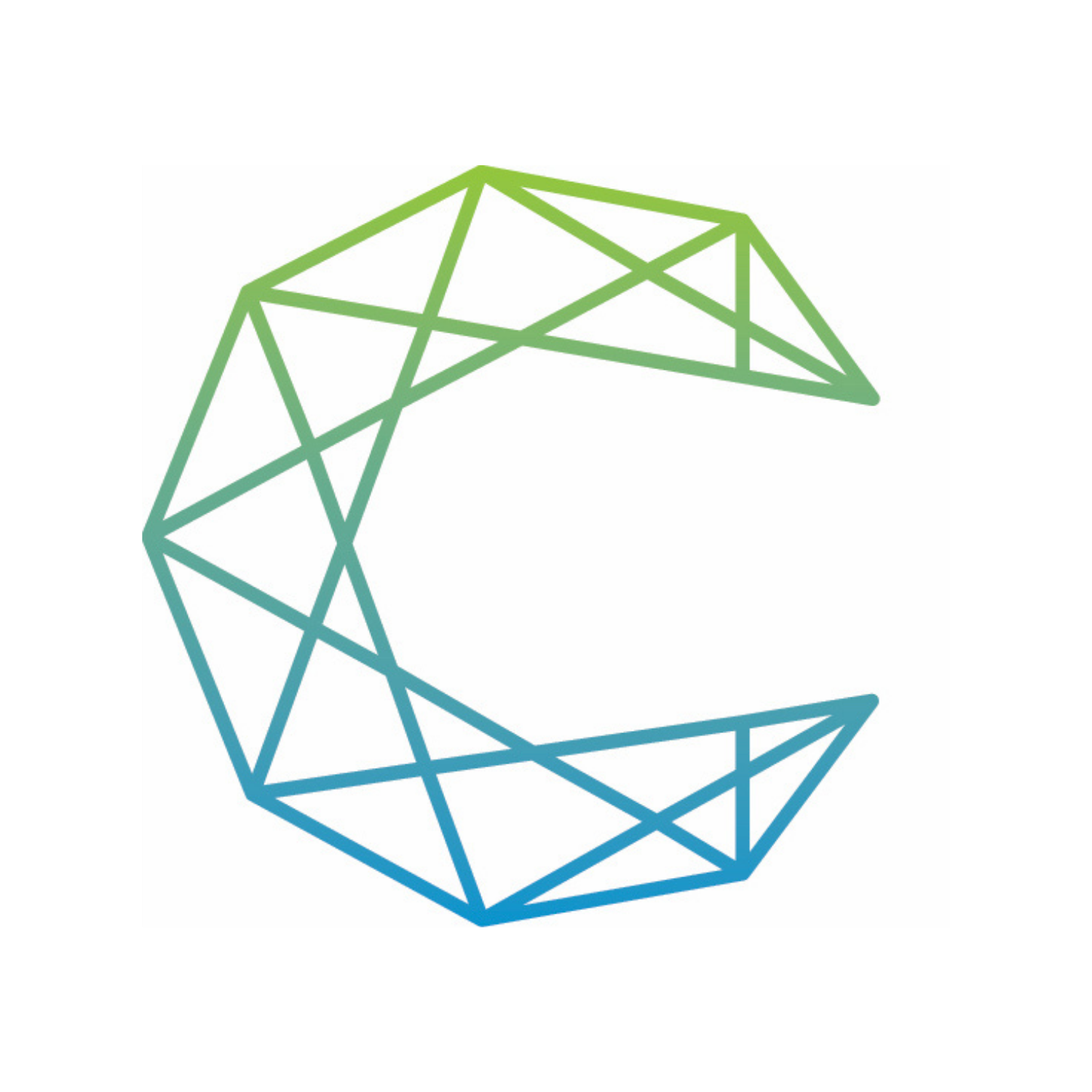Leadership and the Enneagram
“Becoming a leader is synonymous with becoming yourself. It is precisely that simple and it is also that difficult.”
Warren Bennis, author, scholar, leadership expert
“To develop leadership is less about learning new skills and more about unlearning habits and breaking free from limiting mindsets we have already acquired.”
Peter Hawkins, in The Wise Fool’s Guide to Leadership, author, leadership professor, management consultant
I like these two quotes that appear at the start of my new book because they sum up what I think are key aspects of bringing the power of the Enneagram tool to leadership development: they highlight the fact that becoming a better leader happens through becoming more of who you really are by letting go of invisible habits and biases that represent blocks to manifesting all of your potential.
In the first chapter of my new book, The 9 Types of Leadership, I talk about how understanding your personality can be key to becoming a more effective leader. This is because when we can develop the muscle of self-awareness and our blind spots can become more visible to us, we can more easily see when we are being driven by the narrow interests our of ego or rising above our automatic patterns to see a bigger picture. And the Enneagram’s accurate personality descriptions provide an unmatched guide to developing the consciousness and emotional intelligence necessary to watch our personality in action and rise above the reactivity and habits associated with it.
I’m can’t be totally sure, but I think the Enneagram may be the MBTI of the 21-st century. As I work with leaders in organizations, I find that they are more and more open to something like the Enneagram as a growth map that helps them understand themselves and others at a deeper level. As Andrew Greenberg says at the start of chapter 13, he trusts the enneagram more than other tools because it’s a growth model–it has about initiating evolution.
In a similar vein, at the opening of chapter 3, I quote Tony Schwartz, the guy who wrote Art of the Deal with Donald Trump and then realized that he needed more meaning in his life and went on a search for deeper wisdom. He encountered the Enneagram (and Helen Palmer) in his travels and wrote an article on it that appeared in Esquire magazine in 1994. Now he’s the CEO of The Energy Project, a company that helps organizations fuel sustainable high-performance by better meeting the needs of their employees.
In a Harvard Business Review article titled “Seeing Through Your Blind Spots,” Schwartz says that while at most companies there is an unspoken expectation that you park your emotional life at the door, suppressing a part of yourself at work has hidden costs because the more preoccupied we are with emotions we can’t express, the less focus we bring to our work and the less productive we are.
My main purpose in writing this book was to help more people “master the art of people in the 21st-century workplace” and to bring the power of the Enneagram to a wider audience, by making it more accessible to leaders and more directly applicable to understanding yourself and your co-workers in the work setting. I structured the book using questions I would get asked when introducing it to tech companies in Silicon Valley, and so it covers topics like what someone of a particular style is like when they are “stressed” or “at their best” and what strengths and superpowers specific personality types express and how those superpowers can turn into problems when they are over-used and a wider array of strategies for interacting with people is not developed over time.
My hope is that this book will also provide evidence for coaches, organization development professionals, and human resource leaders that the Enneagram really works to develop people, teams, and businesses. I interviewed over 20 leaders who have used the Enneagram extensively in their work, and their stories of how they experienced and used this tool provide powerful examples of how people can put it to work in their organizations to further the growth and productivity of their business. Once we gain a clearer sense of our own “operating system” or “programming,” and recognize that other people have different operating systems from ours, we can gain rich new insights into ourselves, others, and the relationships we need to establish to do the work we need to do every day.

